Frei Otto is one of the most emblematic architects and engineers of the 20th century. Renowned for his research in lightweight tensile structures.
His book: Finding Form: Towards an Architecture of the Minimal in authorship with arch. Bodo Rasch is an interesting resource:

“Self-formation” and “Natural Constructions” are subjects that need a great deal of commitment. Research into them needs strong collective leadership. It is endangered if the researchers involved think exclusively of their own narrow subject area, if they forget that they must always see things as a whole. Work on the subject of “Natural Constructions” goes on. What has been done so far is only a tiny part of what has to be done. The most important, as yet still provisional, result is a new interpretation of life’s origin and the acquisition of form. Future work requires insights into the formation of objects, of emergence from an unordered state, of creation. It must occur through objective, level-headed research with a clear aim. “
The authors discuss the application of the optimal form in architecture:
Natural structures are optimized, having maximum strength for minimum materials
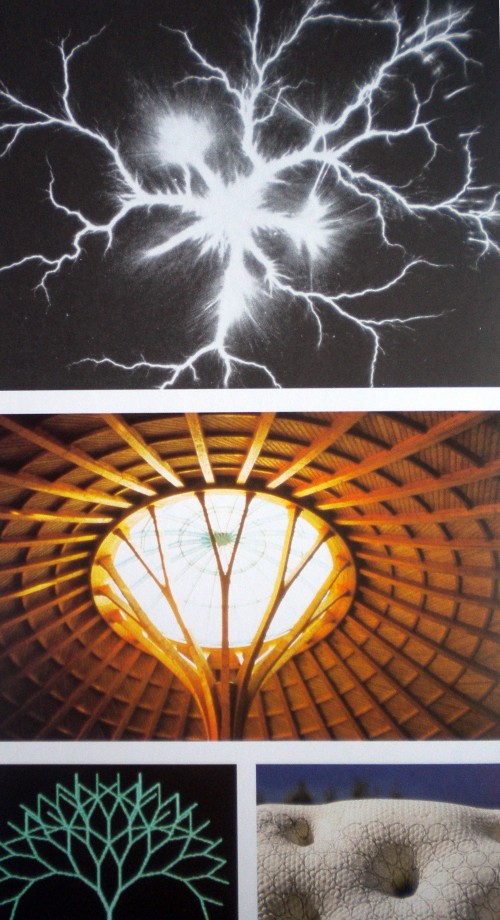
Branching structures:
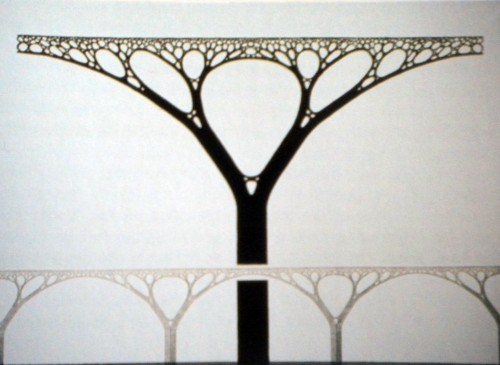
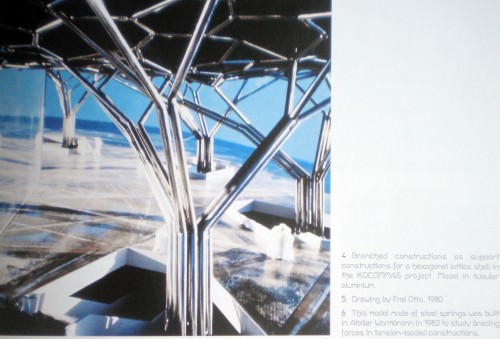
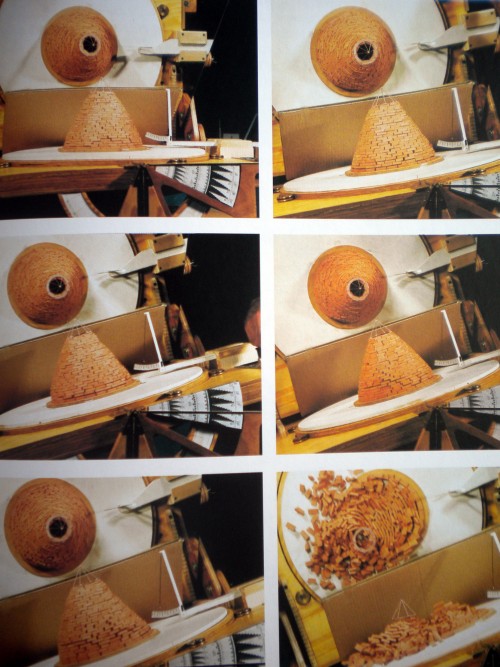
Membrane study – minimum surface tension
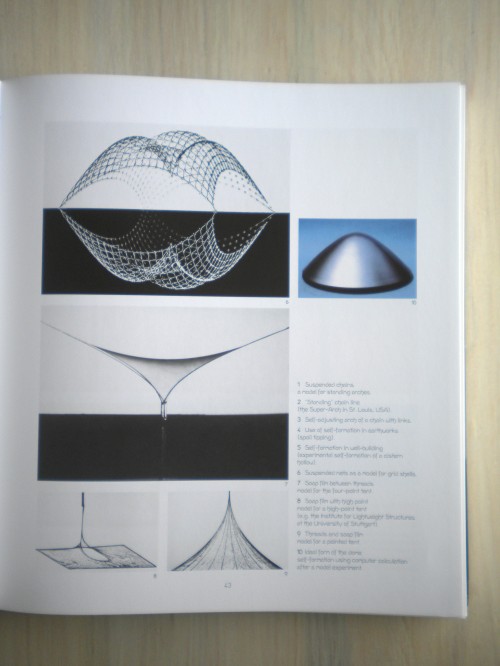
Gaudi worked on the suspension model of “Colonia Guell” for over 10 yers:
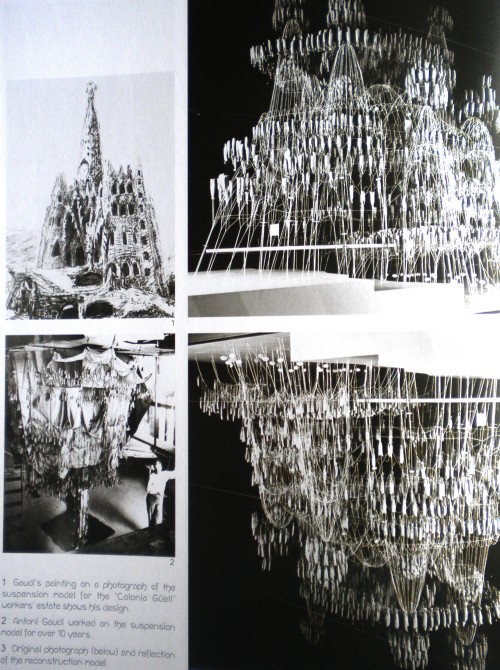
More about the interdisciplinary approach in architecture in our previous posts: the structure in nature is a strategy for design, informal: Cecil Balmond…


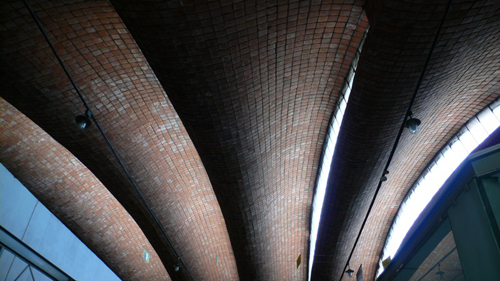
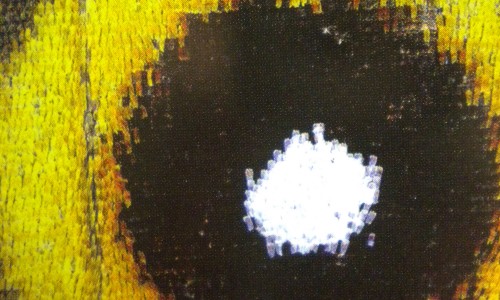
Харесва ми статията ви! Има ли и други мостоподобни примери за конструкции, взаимствани от природата освен мехурите и дърветата, посочени в книгата?:))
really it’s Fantastic
I need this book
please
really it’s Fantastic
I need this book
please